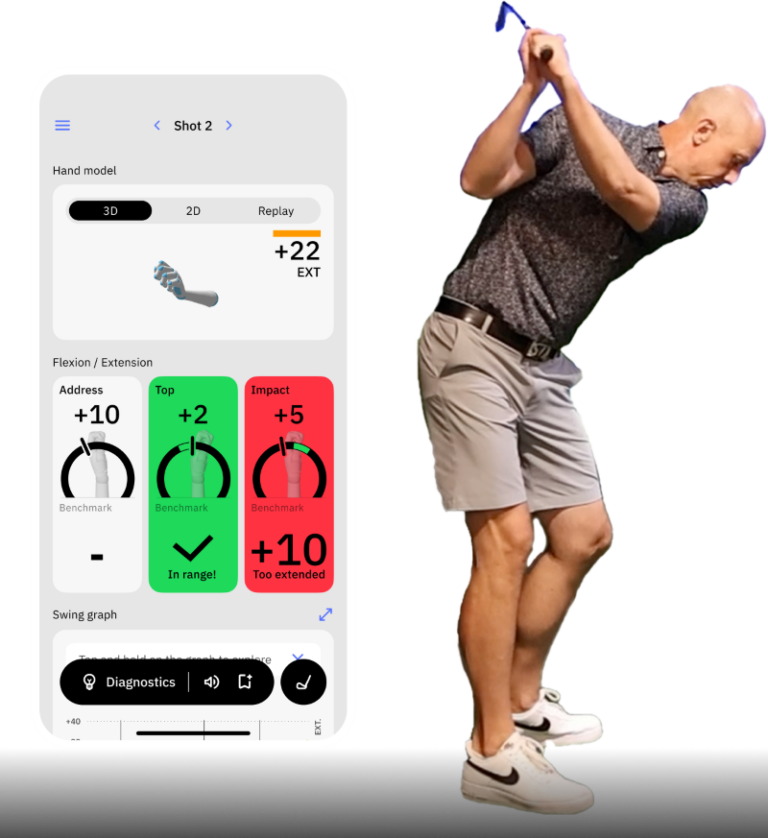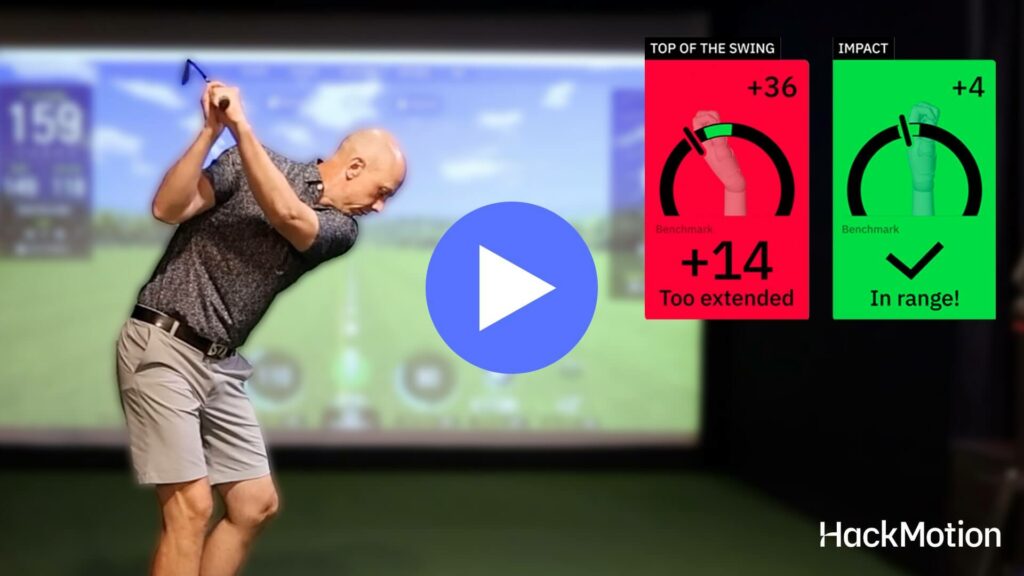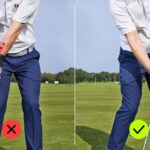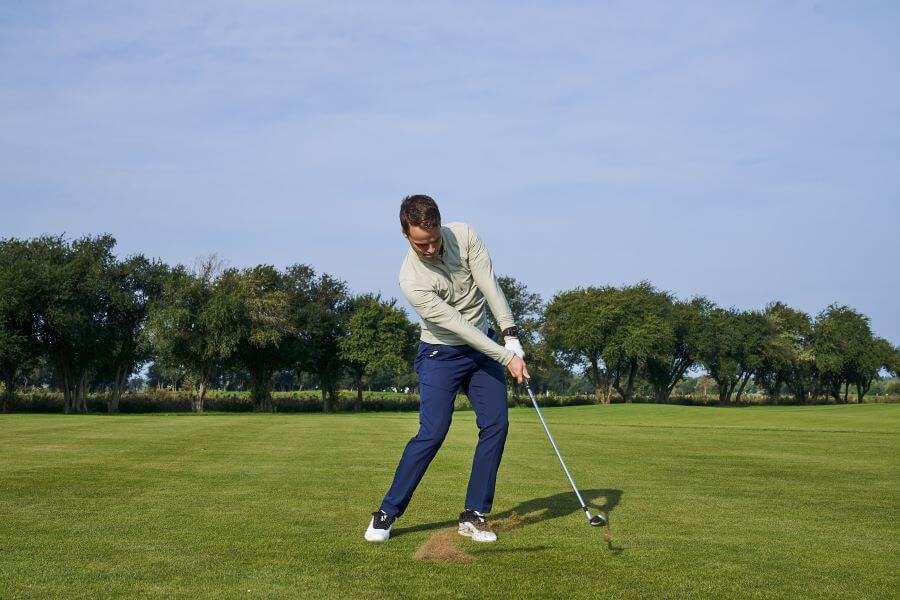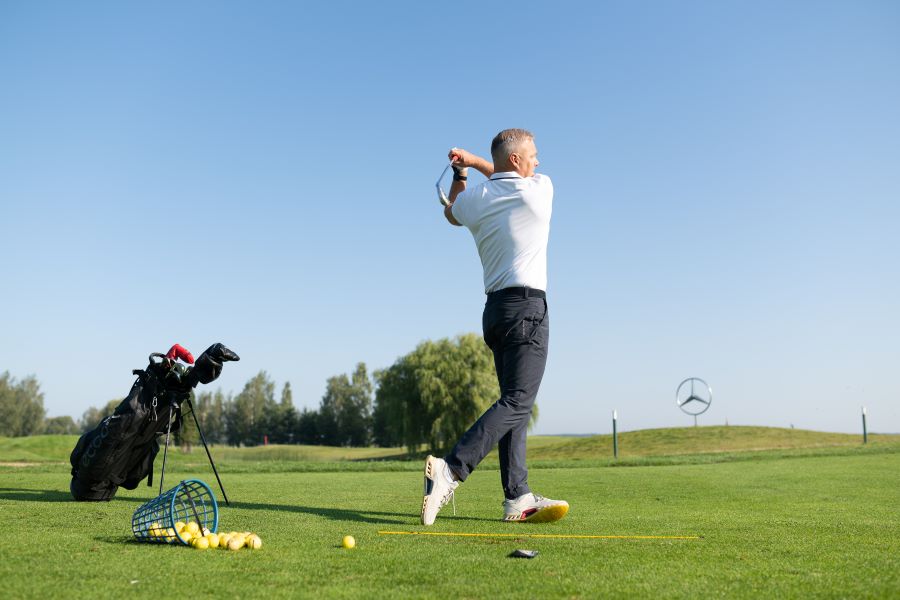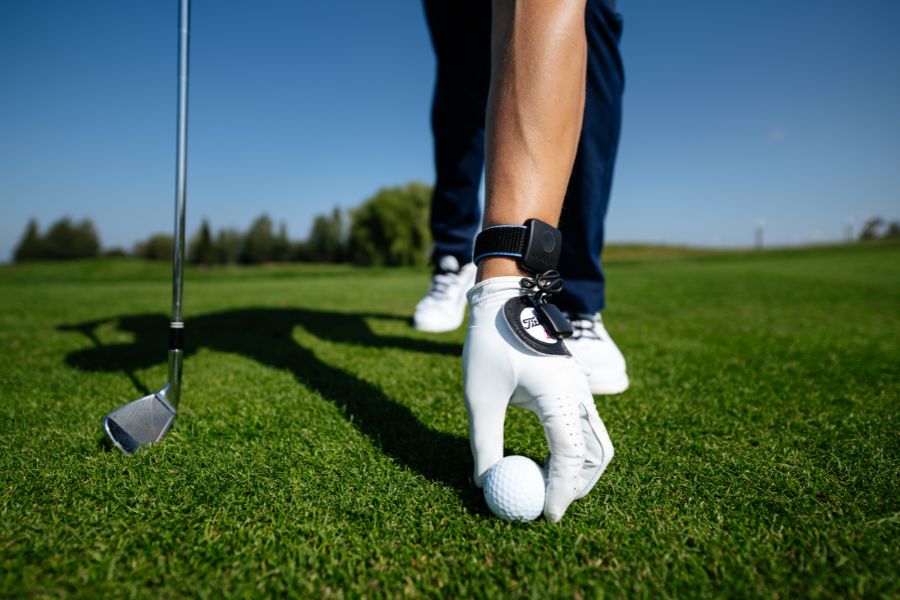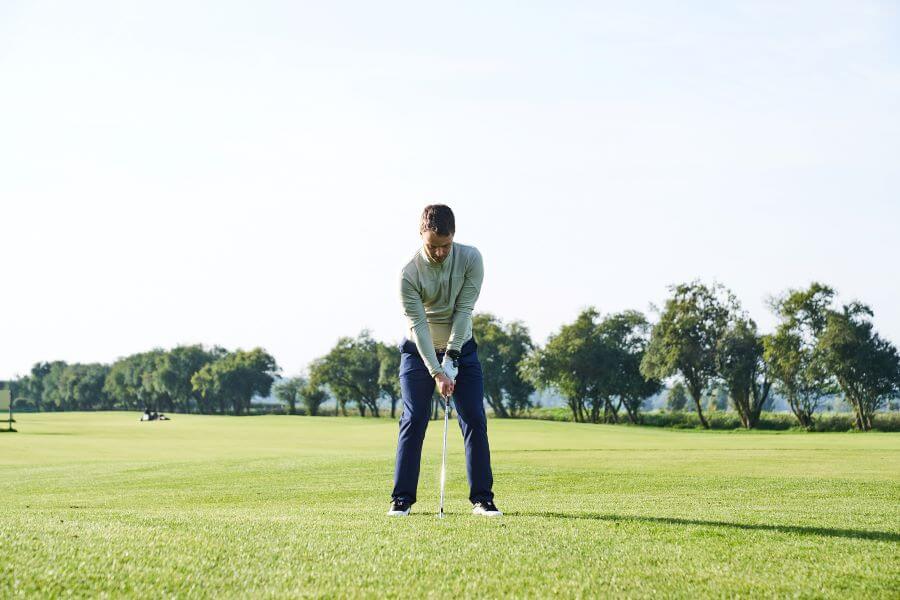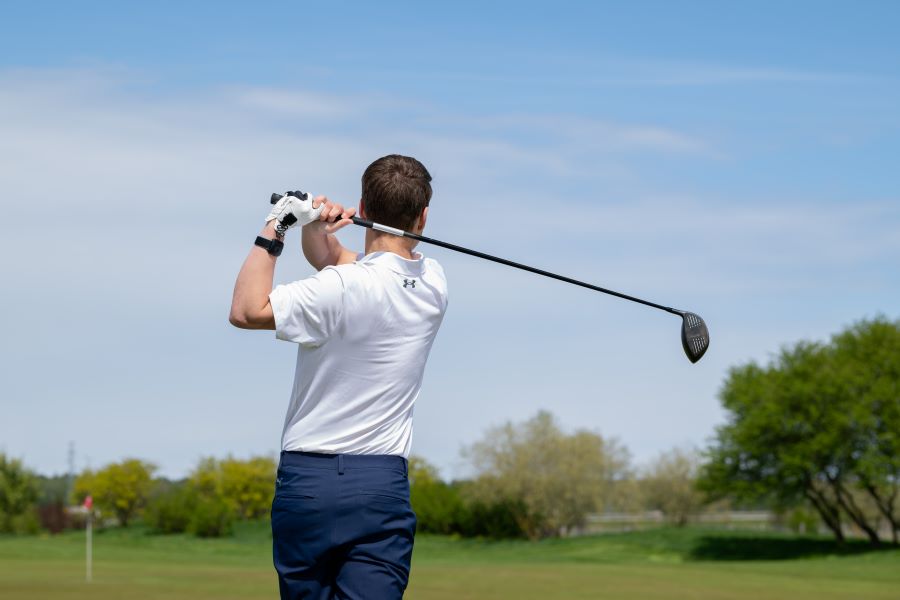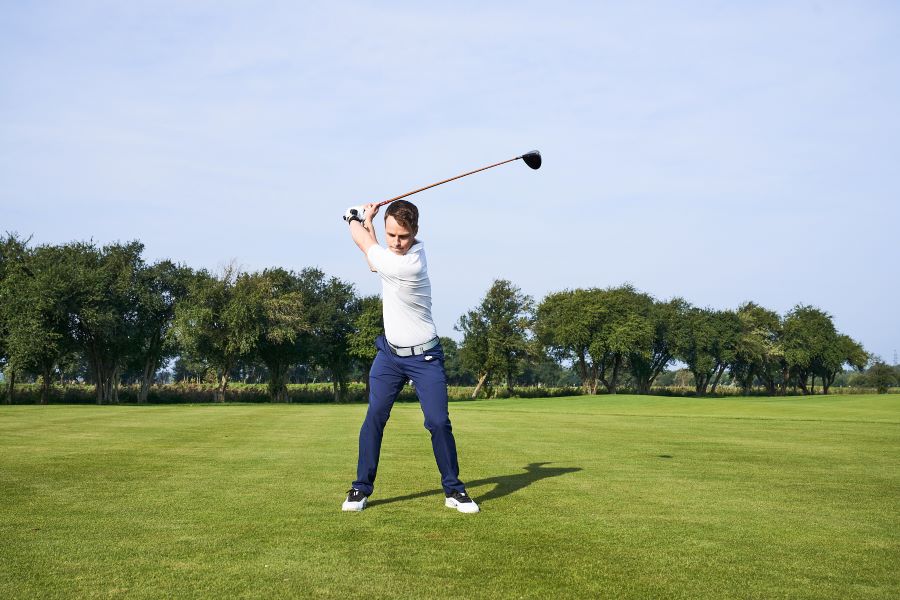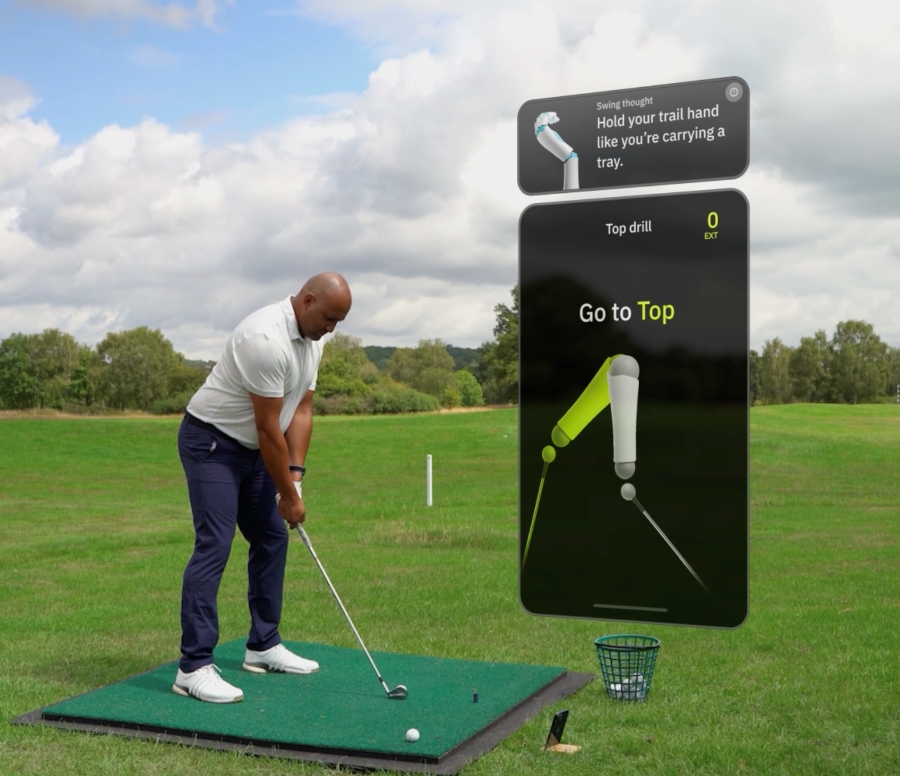Different Types of Golf Swings: Pros, Cons & How to Find the Best Fit for You
There are hundred of ways to swing a golf club. However, most of them can be grouped into about five different types of golf swings.
Is there such a thing as the perfect golf swing? Not really. But certain fundamentals show up in every effective swing: balance, tempo, rotation, and wrist control.
Let’s take a closer look at the five main swing types, see what makes them different, and figure out which one might be the best fit for your game.
Different Types of Golf Swings (Key Takeaways)
If you don’t have time to work through the different types of golf swings right now, here are a few of the most important takeaways:
- Knowing your swing type makes troubleshooting much easier.
- Swing type is shaped by your body, flexibility, and natural motion – not just preference.
- Every good swing has balance, proper setup, and consistent wrist action.
- You don’t need to reinvent your swing, small adjustments can often unlock big improvements.
Contents
Quick Comparison of Golf Swing Types
| Swing Type | Pros | Cons | Best For |
|---|---|---|---|
| Stack & Tilt | Consistent strike, less movement | Hard to learn, rare on Tour | Golfers struggling with weight transfer |
| Hands & Arms | Simple, works with mobility issues | Weak, inconsistent | Seniors, beginners with limited rotation |
| Hold Off | Power and ball flight control | Demands strength/flexibility | Advanced players experimenting |
| Rotational/Traditional | Powerful, consistent, widely taught | Requires good body rotation | Most golfers, especially with lessons |
| One Plane | Consistency, fewer moving parts | Hard to generate power | Strong players seeking simplicity |
Different Types of Golf Swings
Stack and Tilt
The stack and tilt swing, created by Mike Bennett and Andy Plummer, was designed to simplify weight transfer.
Instead of swaying back and forth, you keep slightly more weight on your lead foot during the backswing and let your upper body drive the downswing. This stability makes ball striking more consistent, especially with irons and wedges.
Key Takeaway: The stack and tilt reduces moving parts and creates a reliable strike pattern by keeping your weight forward and controlling the swing with the upper body.
Who’s It For?
- Golfers who struggle to shift weight correctly.
- Players looking for a more consistent strike with wedges and irons.
Pros
- Consistent contact.
- Simpler motion.
Cons
- Can feel awkward at first.
- Rare among Tour players.
Hands and Arms Swing
The hands and arms swing method relies almost entirely on the arms and hands, with little body rotation.
Beginners often fall into this pattern because it feels natural, while seniors or golfers with mobility issues may use it out of necessity. The problem is that it lacks power and consistency, since the body’s big muscles aren’t engaged.
Key Takeaway: Relying only on your hands and arms might get the ball airborne, but it won’t produce consistent power or accuracy.
Who’s It For?
- Beginners who haven’t learned body rotation yet.
- Seniors or players with limited mobility.
Pros
- Works when rotation isn’t possible.
- Builds some hand-eye feel.
Cons
- Very little power.
- Highly inconsistent.
Hold Off Swing
The hold off swing is about delaying the release of the clubface as long as possible, creating lag and generating power at impact.
It requires strength, flexibility, and precise wrist control – especially maintaining a bowed lead wrist. This swing is powerful, but also easy to mess up if not practiced correctly.
Key Takeaway: By holding the clubface square longer and releasing late, you can hit powerful, penetrating shots, but it’s a demanding technique best for advanced golfers.
Who’s It For?
- Strong, flexible players who want to shape shots.
- Golfers experimenting with advanced ball flight control.
Pros
- Generates power through lag.
- Can tighten dispersion.
Cons
- Difficult to master.
- Requires strength/flexibility.
Rotational/Traditional Swing
This is the most common swing you’ll see on Tour and the one most golfers are taught. It relies on full-body rotation, a solid takeaway, and proper sequencing of hips, arms, and wrists.
Done right, it’s powerful and consistent, but it requires mobility and practice.
Key Takeaway: The traditional swing uses the whole body to create power and consistency. It’s widely taught, reliable, and the easiest to refine with instruction.
Who’s It For?
- Most golfers looking for a long-term, repeatable swing.
- Players taking lessons or refining mechanics.
Pros
- Powerful and consistent.
- Used by most pros.
Cons
- Demands good body rotation.
- Still takes plenty of practice.
One Plane Swing
The one plane swing is a common method. In the one-plane swing, the club stays on a single plane from takeaway through downswing.
This reduces moving parts and can improve consistency, but it requires strength to generate power. Compared to two-plane swings, it’s simpler but physically demanding.
Key Takeaway: The one-plane swing trades complexity for simplicity: fewer moving parts, but more reliance on strength and rotation.
Who’s It For?
- Strong players who value consistency.
- Golfers who struggle with rerouting the club.
Pros
- Simple mechanics.
- More consistent strike pattern.
Cons
- Harder to generate distance.
- Takes time to groove.
Wrist Action in All Different Types of Golf Swings
No matter your swing type, wrist action is the common thread separating solid golfers from inconsistent ones.
HackMotion’s data from over 1,000,000 swings shows that the best players all follow a similar wrist pattern.
Correct Wrist Sequence:
- Setup: Wrist position varies based on swing type.
- Backswing: Minimal lead wrist extension—avoid “cupping.”
- Transition: Lead wrist moves into flexion (squaring the face).
- Impact: Lead wrist flat or slightly flexed for consistent contact.
Wearing HackMotion gives you real-time audio feedback on your wrist angles, helping you groove this sequence regardless of swing style.
Think of it as a coach on your wrist, showing you whether you’re matching what the best players do.
FAQs
Here are a few of the most commonly asked questions about the different types of golf swings.
How many types of golf swings are there?
There are five main categories: stack & tilt, hands & arms, hold off, rotational/traditional, and one plane.
What is the stack and tilt method?
A swing that keeps weight more centered, limiting sway and promoting consistency.
What golf swing type is best?
The traditional/rotational swing is the most widely taught and easiest to refine, but the “best” swing is the one that matches your body and goals.
Final Thoughts
Switching from one swing type to another is a big deal, it requires learning new positions, feels, and timing. If your current swing isn’t working, start with small adjustments before overhauling your motion.
Whatever type of swing you use, remember that wrist control is the glue that holds it together. Using HackMotion to train your wrist positions ensures your swing, no matter the style, delivers more distance, accuracy, and consistency.
